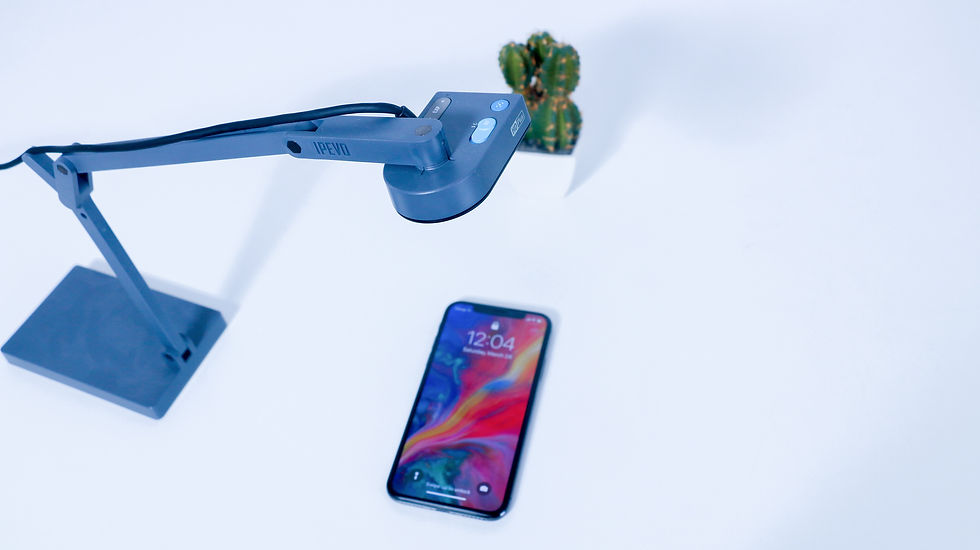When it comes to designing products or services, there are three key terms that are often used interchangeably: utility, usability, and user experience. While these terms are related, they refer to distinct aspects of the design process.
Utility refers to the usefulness of a product or service. It's a measure of how well the product or service satisfies the user's needs or solves their problems. A product with high utility provides value to the user and meets their expectations. For example, a hammer is a tool with high utility because it can be used to drive nails into wood.

Usability, on the other hand, is a measure of how easy it is for a user to use a product or service. It's a measure of the user interface and how well it enables the user to accomplish their tasks efficiently and effectively. A product with high usability is easy to learn and use, and minimizes errors and confusion. For example, a hammer with a comfortable grip and a balanced weight distribution would have high usability because it's easy to hold and control.
User experience (UX) encompasses the overall experience that a user has with a product or service. It's a measure of the emotional response that the user has to the product or service, as well as their perceptions of its utility and usability. A product with high UX provides a positive emotional response and satisfies the user's needs and desires beyond just functionality. For example, a hammer with a sleek design and comfortable grip that looks good on a user's tool belt would have high UX because it provides a satisfying aesthetic experience in addition to its functionality.

To illustrate the difference between these three concepts, consider the example of a coffee machine. The utility of a coffee machine is to make coffee quickly and efficiently. If the coffee machine is able to produce coffee quickly and easily, it has high utility. However, if the coffee it produces is bitter or weak, the machine has low utility because it's not satisfying the user's need for good coffee.
The usability of a coffee machine is measured by how easy it is to operate. A coffee machine with intuitive controls, clear instructions, and easy-to-clean components has high usability because it enables the user to make coffee quickly and easily without errors or frustration. In contrast, a coffee machine with complicated controls and hard-to-clean components has low usability, even if it makes good coffee.
Finally, the user experience of a coffee machine is determined by the overall emotional response that the user has to the machine. A coffee machine that looks attractive, has a pleasant aroma, and makes coffee quickly and easily has high UX because it satisfies the user's needs for good coffee and a pleasant experience. In contrast, a coffee machine that's noisy, difficult to clean, and produces weak coffee has low UX, even if it's highly utilitarian and usable.
In conclusion, utility, usability, and user experience are distinct but interrelated concepts that are important to consider when designing products or services. By understanding the differences between these concepts, designers can create products that not only solve users' problems but also provide a satisfying and emotionally engaging experience.

Comments